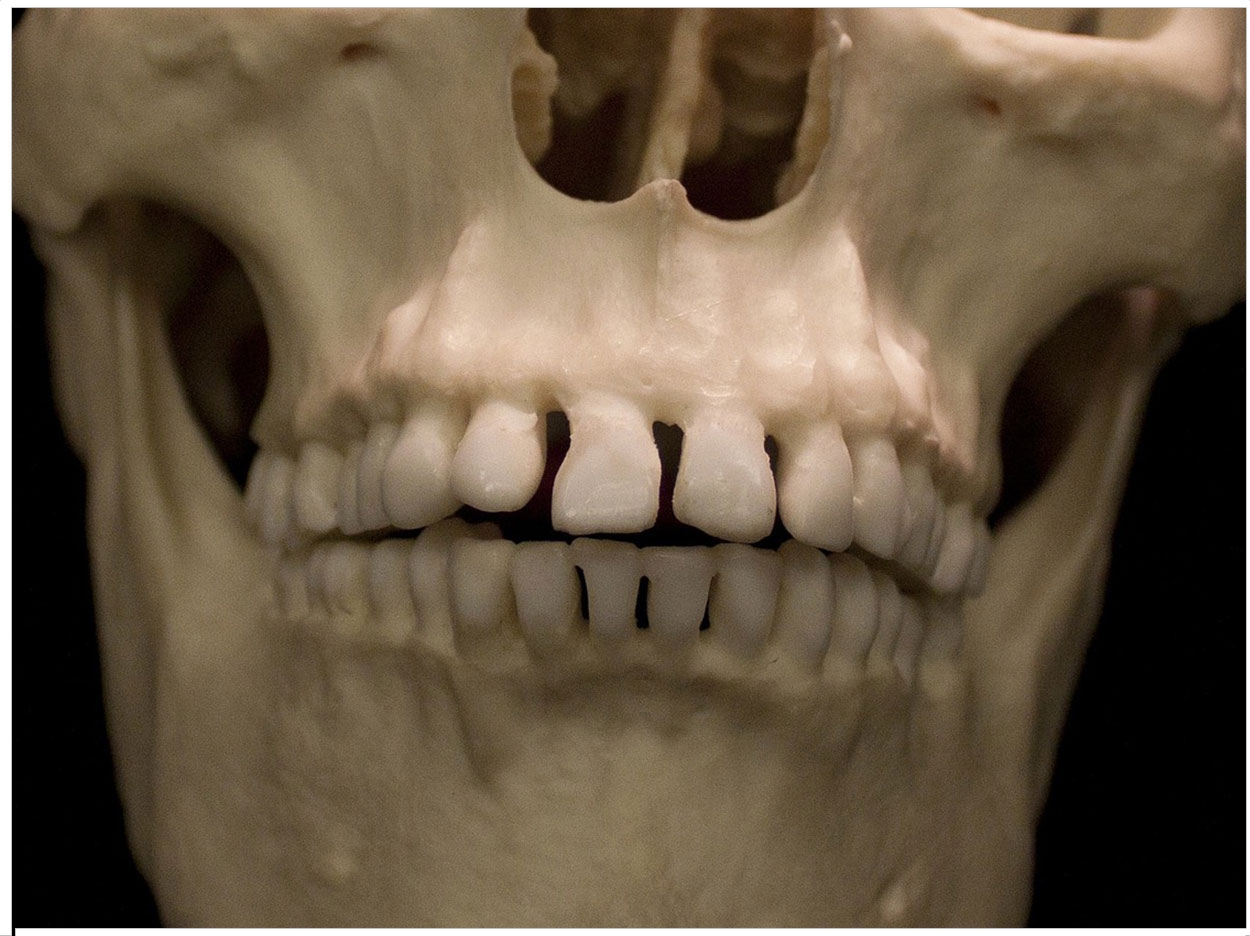
An investigator-initiated Phase I trial using Cytori Cell Therapy in 10 patients with insufficient maxillary bone prior to dental implantation has yielded approximately 42% greater bone formation in maxillary sinus floor elevation procedures treated with cells in combination with scaffolds versus those that received scaffolds alone.
The maxillary bone deficiency was treated with a pair of commonly used off-the-shelf bone calcium phosphate scaffolds that were used either alone or preloaded with adipose-derived regenerative cells (ADRCs) prepared using the Celution System from Cytori Therapeutics. The company develops autologous cell therapies from adipose tissue to treat various medical conditions.
Six of the 10 patients served as their own controls as one side of their mouth was treated with scaffolding alone and the other side was treated with ADRC-supplemented grafts. Six months after treatment, all patients underwent dental implant placement, and a biopsy of the regenerated bone at the graft site was performed.
In addition to the 42% greater bone formation in grafts supplemented by ADRCs, patients who received both a control scaffold and a contralateral ADRC-supplemented scaffold saw a bone volume to total graft ratio as measured by microcomputerized tomography of 19.5% +/- 3.8% in grafts supplemented with ADRCs versus 13.7% +/- 4.4% for the control grafts.
The researchers noted a similar trend in the histologic assessment of the biopsies. Also, they noted that all 10 patients were treated uneventfully with no adverse effects reported or detected in a large set of safety parameters through 3 years or more of follow-up.
The researchers further observed active bone formation at the cranial side in 7 of the 10 selected bone biopsies taken from the ADRC-treated side but in only one case from the control side. They say that this phenomenon has never been described before and may be unique to the current setup.
The American Academy of Implant Dentistry reports that approximately 500,000 patients receive dental implant surgeries in the United States each year. Global Industry Analysts projects the global market for dental implants to reach $5.8 billion by 2022. The use of calcium phosphate scaffolds for bone repair and reconstruction is common in orthopedic surgery as well.
The study, “Bone Regeneration Using the Freshly Isolated Autologous Stromal Vascular Fraction of Adipose Tissue in Combination with Calcium Phosphate Ceramics,” was published by Stem Cells Translational Medicine.
Related Articles
Protein Combination Improves Bone Regeneration
Researcher Uses Lasers to Regenerate Dental Tissue
NIDCR Grants Launch Tissue Regeneration Centers












